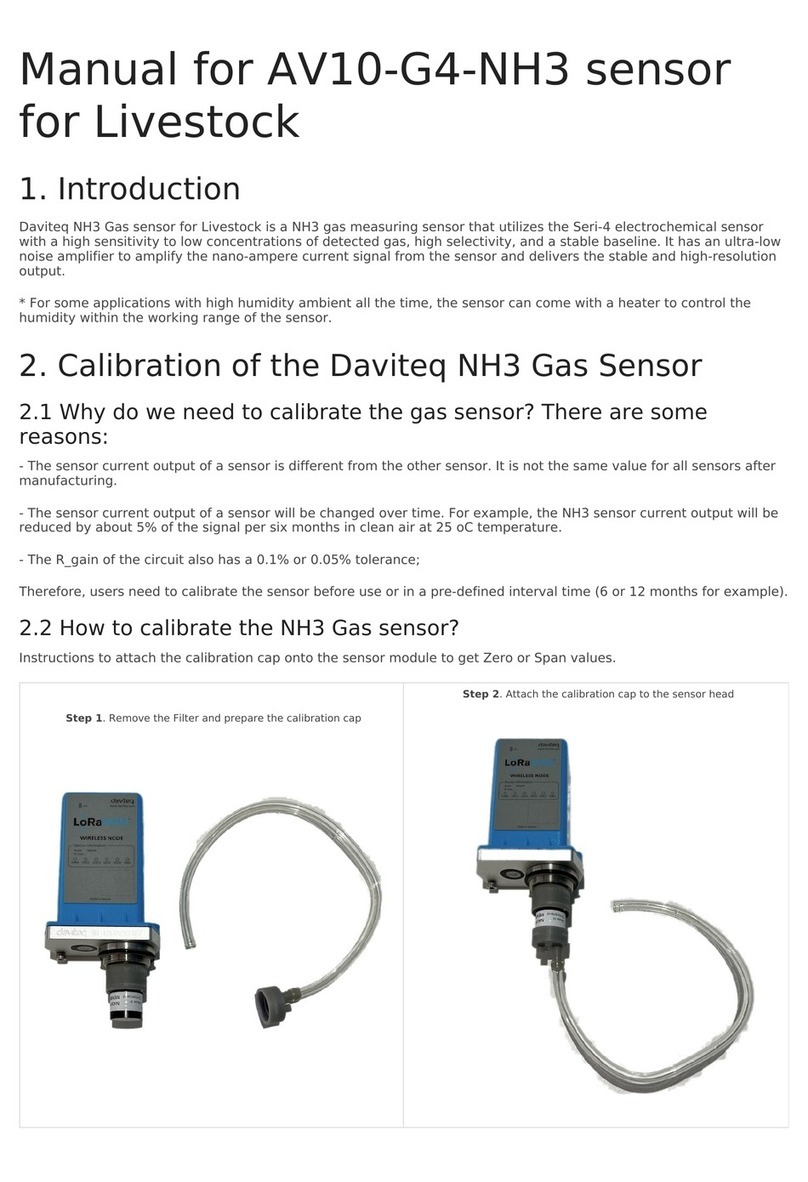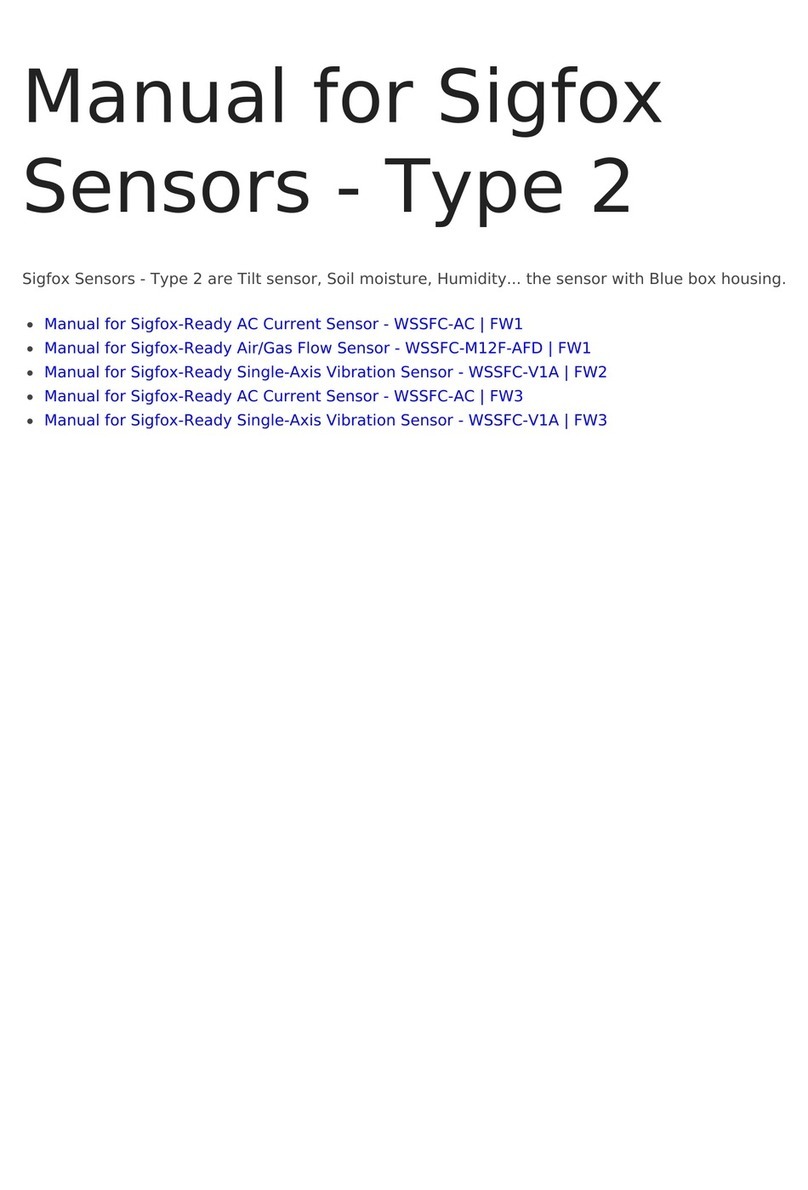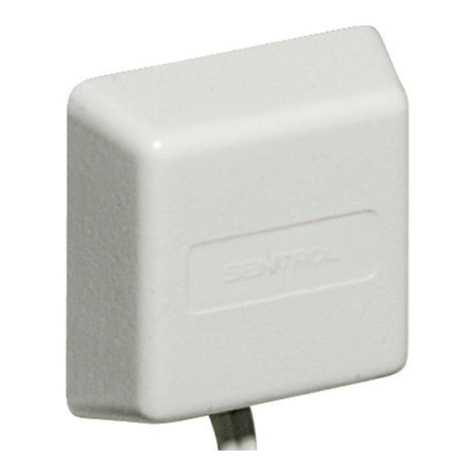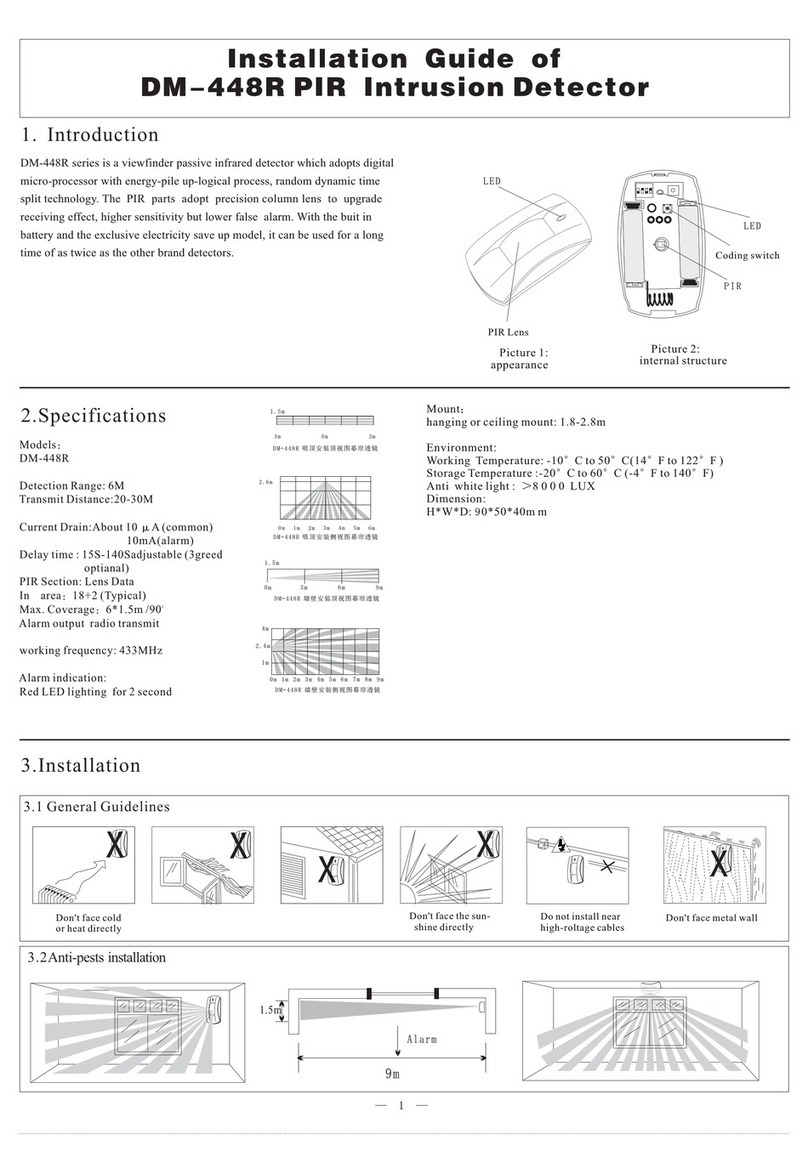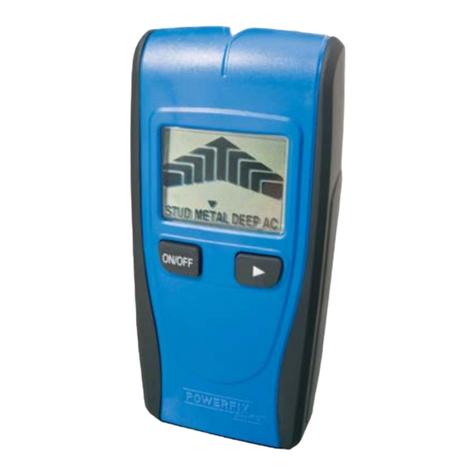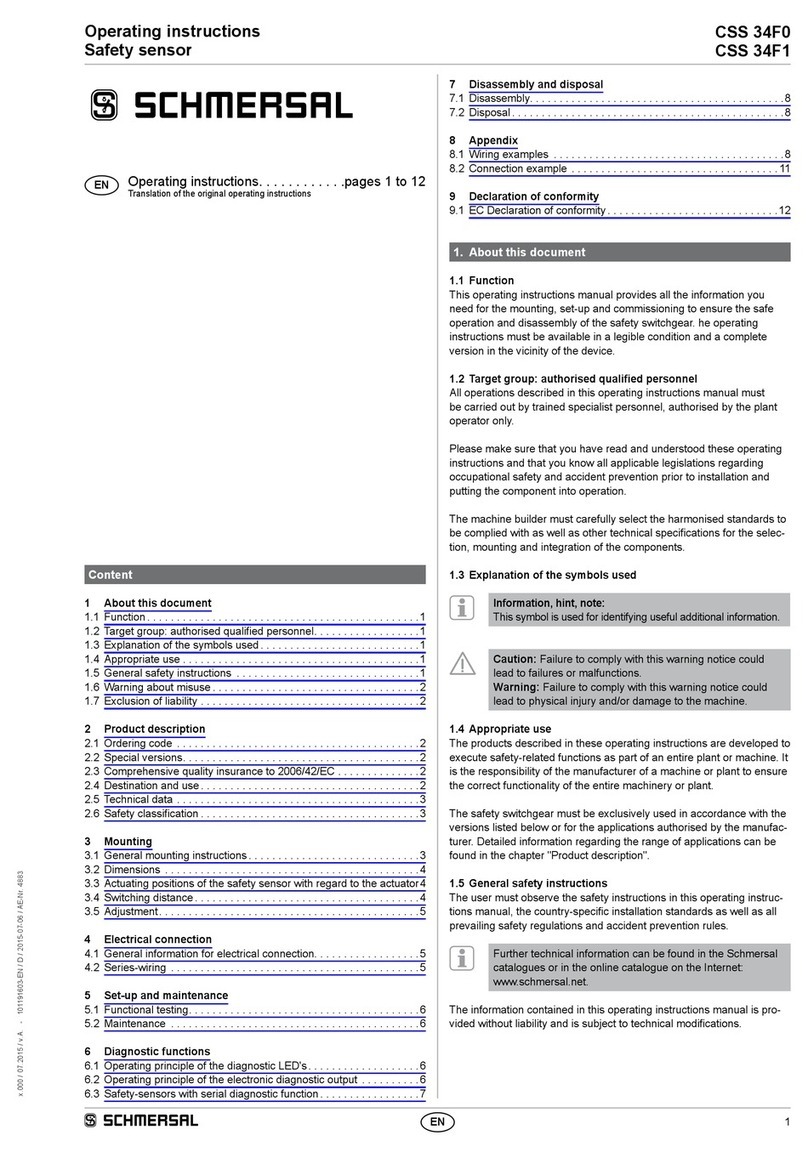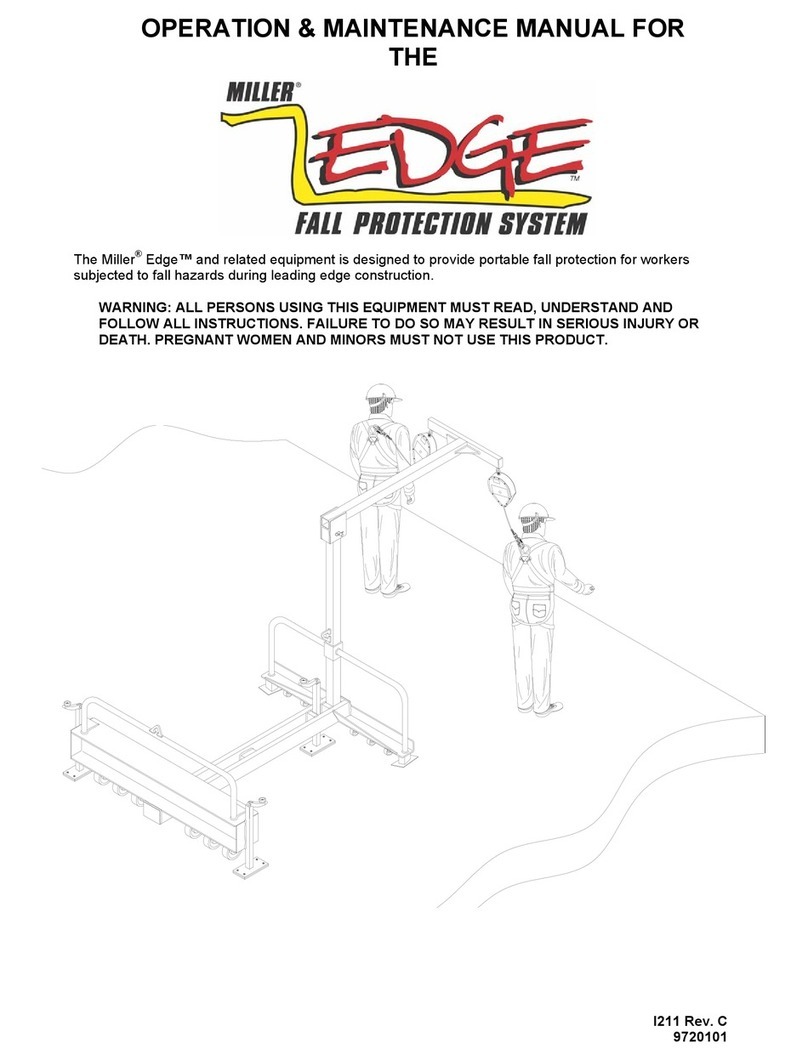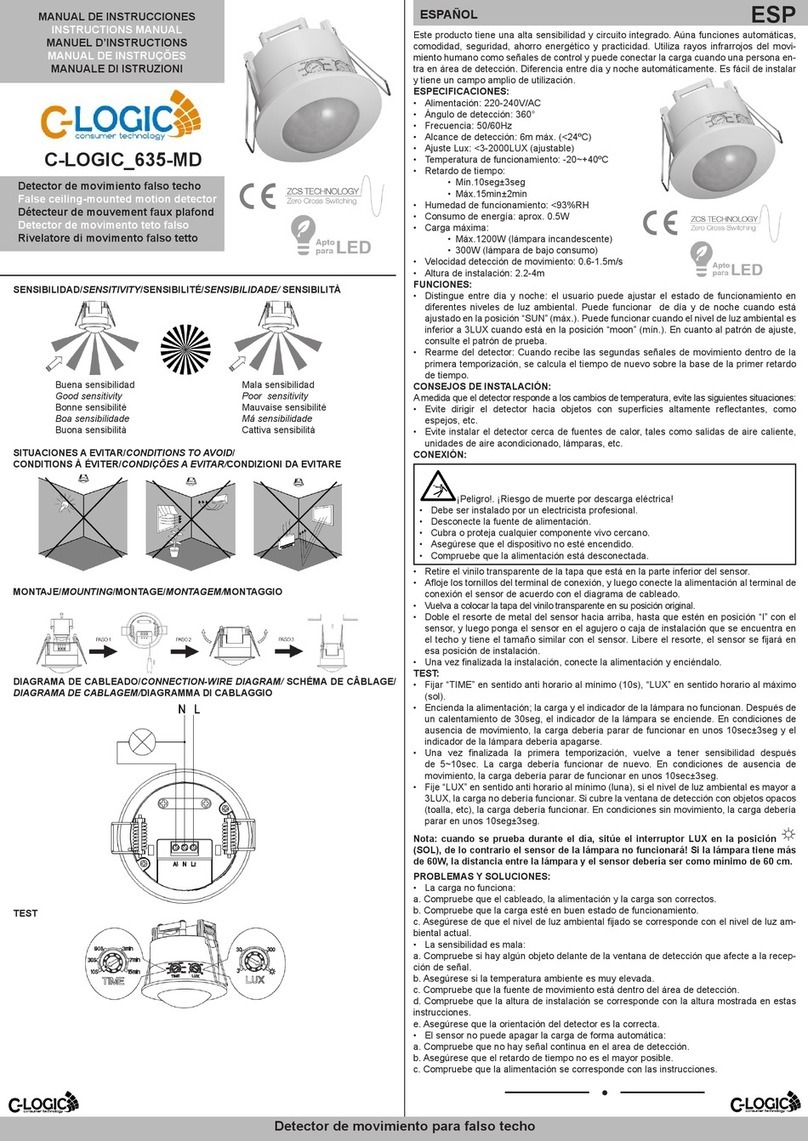daviteq WS433-ATH User manual

WS433-ATH-MN-EN-01
FEB-2020
SKU
WS433-ATH
HW Ver.
2.5
FW Ver.
5.04
Item Code
WS433-ATH-11
Wireless Sensor Transmitter 433Mhz, Integrated ambient humidity and temperature sensor, AA
1.5 - 3.6VDC battery, IP67
HW Ver.
FW Ver.
Release Date
Functions Change
2.5
5.04
NOV-2019
Change RF data rate by
button
WS433-ATH is the Wireless Integrated Ambient Humidity & Temperature Sensor, it utilises Digital capacitance humidity
sensor to deliver high accuracy and stable measurement. The wireless portion is Sub-GHz technology from Texas
Instruments allows long range transmission at ultra-low power consumption. It will connect 2-way wirelessly to the
wireless co-ordinator WS433-CL to send data and receiving the configuration. It can be configured the operation
parameters like data sending interval, health check cycle...remotely from Globiots platform or via ModbusRTU software
(thru the WS433-CL). Its default data rate is 50 kbps, can be switched to 625 bps to increase the communication range.
It can last up to 10 years with a single AA battery. There are a lot of applications as environment monitoring for office,
warehouse, data center, hospital, agriculture...
USER GUIDE FOR WIRELESS
INTEGRATED HUMIDITY SENSOR
WS433-ATH
This document is applied for the following products
1. Functions Change Log
2. Introduction

SENSOR SPECIFICATION :
Sensor
Digital type, factory calibrated, output both Humidity & Temperature
values
Humidity measuring range & accuracy
0 .. 100 %RH, +/- 2.0%
Humidity resolution
0.1%
Humidity drift
Temperature measuring range & accuracy
-40 .. + 85 oC, +/- 0.2 oC
Temperature resolution
0.1 oC
Sensor Filter
20um Alloy sintered filter
WIRELESS TRANSMITTER SPECIFICATION :
Data speed
Up to 50kbps
Tranmission distance, LOS
1000m
Antenna
Internal Antenna
Battery
01 x AA 1.5-3.6VDC, up to 10-year operation, depends on configuration
Frequency Band
ISM 433Mhz, Sub-GHz technology from Texas Instrument, USA
International Compliance
ETSI EN 300 220, EN 303 204 (Europe) FCC CFR47 Part15 (US), ARIB
STD-T108 (Japan)
Vietnam Type Approval Certification
QCVN 73:2013/BTTTT, QCVN 96:2015/BTTTT (DAVITEQ B00122019)
3. Specification

Security Standard
AES-128
Operating temperature of PCB
-40oC..+60oC (with AA L91 Energizer)
Housing
Poly-carbonate, IP67
Installation method
L-type bracket SUS304 , by M4 screws or double-sided 3M tape
(included)
Product dimensions & weight
160x30x30mm, < 50g (without battery)
Box dimension & gross weight
190x50x50mm, < 90g
4. Product Pictures

When the sensor sampling time interval is reached, for example 2 minutes, the node will wake up and switch ON the
power supply to supply the energy to external sensor to start the measurement. Depends on the type and
characteristic of external sensor, the sensor will take a certain time to finish the measurement.
For example, the measurement time is 200mS, after this time, the node will read the value of sensor using I2C, node
will switch OFF power supply to external sensor to save energy.
Once reading the sensor value, the raw data is X, it can be scaled to any engineering value by the following formula:
Y = aX + b
Where
X: the raw value from sensor
Y: the calculated value for parameter 1's value or parameter 2's value
5. Operation principle
5.1 Process of measurement

a: constant (default value is 1)
b: constant (default value is 0)
So, if there is no user setting for a and b ==> Y = X
The Y value will be compared with Lo and Hi threshold.
Status bytes of sensor Node
Hi-Byte is error code
Error code
Description
0
No error
1
Just exchange the sensor module but node has not been reset ==>
please take out the battery for 20s then install it again to reset node to
recognize the new sensor module
2
Error, sensor port M12F shorted to GND
3
Error, sensor port M12F shorted to Vcc
4
Error, sensor port M12F shorted each other
Lo-Byte is sensor type
Error code
Description
0
No error
1
Just exchange the sensor module but node has not been reset ==>
please take out the battery for 20s then install it again to reset node to
recognize the new sensor module
2
Error, sensor port M12F shorted to GND
3
Error, sensor port M12F shorted to Vcc
4
Error, sensor port M12F shorted each other
Logic status of parameters
Hi-Byte is Logic status of parameter 1
If parameter 1's value > high threshold 1 => Hi-Byte of Logic status = 1
If parameter 1's value < low threshold 1 => Hi-Byte of Logic status = 0
If parameter 1 is digital => Hi-Byte of Logic status = parameter 1's value
Timer up 1 = (Total time when Hi-Byte of Logic status = 1)
Timer down 1 = (Total time when Hi-Byte of Logic status = 0)
RisingEdge counter 1 = (Counter value when Hi-Byte of Logic status changes from 0 to 1)
FallingEdge counter 1 = (Counter value when Hi-Byte of Logic status changes from 1 to 0)
Lo-Byte is Logic status of parameter 2
If parameter 2's value > high threshold 2 => Lo-Byte of Logic status = 1
If parameter 2's value < low threshold 2 => Lo-Byte of Logic status = 0
If parameter 2 is digital => Lo-Byte of Logic status = parameter 2's value
Timer up 2 = (Total time when Lo-Byte of Logic status = 1)
Timer down 2 = (Total time when Lo-Byte of Logic status = 0)
RisingEdge counter 2 = (Counter value when Lo-Byte of Logic status changes from 0 to 1)
FallingEdge counter 2 = (Counter value when Lo-Byte of Logic status changes from 1 to 0)
Ambient Temperature Sensor Module (ATH)
Feature of measuring humidity in environment:
Humidity measuring range & accuracy: 0 .. 100 %RH, +/- 2.0%
Resolution ±0.1%
Long-term Drift ±0.25%RH/year
Feature measuring ambient temperature:
Temperature Range -40oC to +125oC
Accuracy ±0.4oC
Resolution ±0.1oC
5.2 Button Function

Step 1: Using Philips screw driver to unscrew M2 screw at the side of housing and carefully pull out the top
plastic housing in the vertical direction.
Step 2: Press the button until you see LED flashes 3 times to reset
Reset default WS433:
Frequency: 433.92 MHz
RF transmit power: -10 dBm
RF data rate: 50 kbps
Take off the sensor cover like Step 1 and press the button until you see LED flashes 2 times for 625 kps option
Step 1: After supplying power the Co-ordinator via M12 connector, the Node ID must be registered within the first 5
minutes, up to 40 WS.
Step 2: Bring the wireless sensor closer to the Co-ordinator's antenna then take off the wireless sensor battery, wait
for 5s then insert the battery again. If:
Buzzer plays 1 peep sound, LED blink 1 time, that means registering Node ID on Co-ordinator successfully.
Buzzer plays 2 peep sounds, LED blink 2 times, that this Node ID is already registered.
You can configure the wireless sensor with the co-ordinator by following the steps in the link below:
http://www.daviteq.com/en/manuals/books/long-range-wireless-co-ordinator-ws433-cl/page/user-guide-
for-long-range-wireless-co-ordinator-ws433-cl
The Wireless Sensor had been pre-configured, only use this feature if you really want to change the
data rate RF.
5.2.1 Reset Sensor Node
5.2.2 Data rate configuration 625 kps
5.3 Add Sensor Node ID automatically
If you do not hear the "Peep" sound, please disconnect the power the co-ordinator, wait a few
minute and try again.
5.4 Wireless sensor configuration with co-
ordinator
7. Installation

Locate the place where the wireless sensor is mounted, from that locate the position to mount the bracket;
Placing the wireless module on bracket and secure it by 02 x M2 screws (supplied in accessory bag)
The mounting bracket is made from hard metallic material. The following steps are for mounting this bracket;
The bracket will be fixed on the wall or material with a flat surface with double-sided 3M tape (included in the
accessory bag in a carton box) or 2 x M4 screws (supplied by the customer);
7.1 Mounting bracket installation
Note: The bracket can be mounted on the wireless module in both direction, upward or downward
7.2 Installation location
When using 3M double sided tape, please install the sensor at a height of 2 meters or less.
ATTENTION:
DO NOT install the Wireless sensor or its antenna inside a completed metallic box or housing, because the RF
signal can not pass through the metallic wall. The housing is made from Non-metallic materials like plastic,
glass, wood, leather, concrete, cement…is acceptable.

Insert the AA battery, please take note the poles of battery
Insert the top plastic housing and locking by M2 screw
NOTE: Because of O-ring, it requires to have much pulling force at the beginning, therefore please do it
carefully to avoid the damage of circuit board which is very thin (1.00mm);
ATTENTION: REVERSED POLARITY OF BATTERY IN 10 SECONDS CAN DAMAGE THE SENSOR CIRCUIT

No.
Phenomena
Reason
Solutions
1
The status LED of wireless sensor
doesn't light up
No power supply.
Configuration function of
the LED is not correct.
Check that the battery is
empty or not installed
correctly.
Reconfigure the led light
function exactly as
instructed.
2
Wireless sensor not connected to
co-ordinator
No power supply.
The configuration function
of the RF data rate is
incorrect.
Check that the battery is
empty or not installed
correctly.
Reconfigure the RF data
rate with the button
according to the
instructions.
Manufacturer
Daviteq Technologies Inc
No.11 Street 2G, Nam Hung Vuong Res., An Lac Ward, Binh Tan Dist., Ho
Chi Minh City, Vietnam.
Tel: +84-28-6268.2523/4 (ext.122)
Email: info@daviteq.com | www.daviteq.com
Distributor in Australia and New Zealand
Templogger Pty Ltd
Tel: 1800 LOGGER
Email: contact@templogger.net
Revision #16
Created Tue, Mar 3, 2020 1:08 AM by Kiệt Anh Nguyễn
Updated Mon, Aug 30, 2021 1:59 AM by Kiệt Anh Nguyễn
8. Troubleshooting
9. Support Contacts
This manual suits for next models
1
Table of contents
Other daviteq Security Sensor manuals
Popular Security Sensor manuals by other brands

Konyks
Konyks Senso Charge quick start

GEZE
GEZE GC 333 C quick start guide
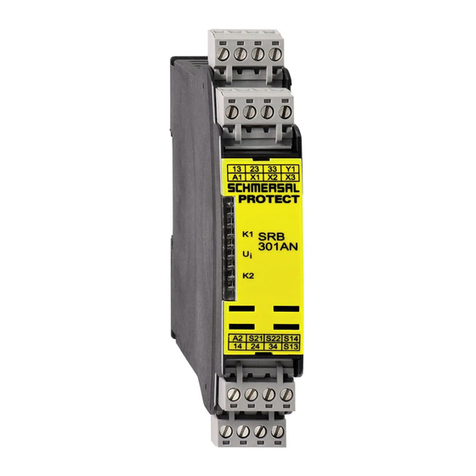
schmersal
schmersal SRB 301AN operating instructions

steute
steute Ex HS Si 4-3G/D Mounting and wiring instructions
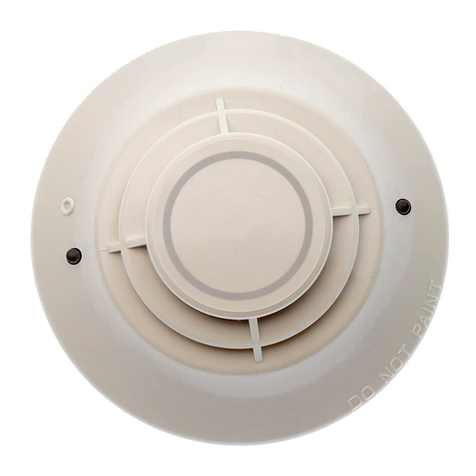
Honeywell
Honeywell Notifier FST-851 Series quick start guide
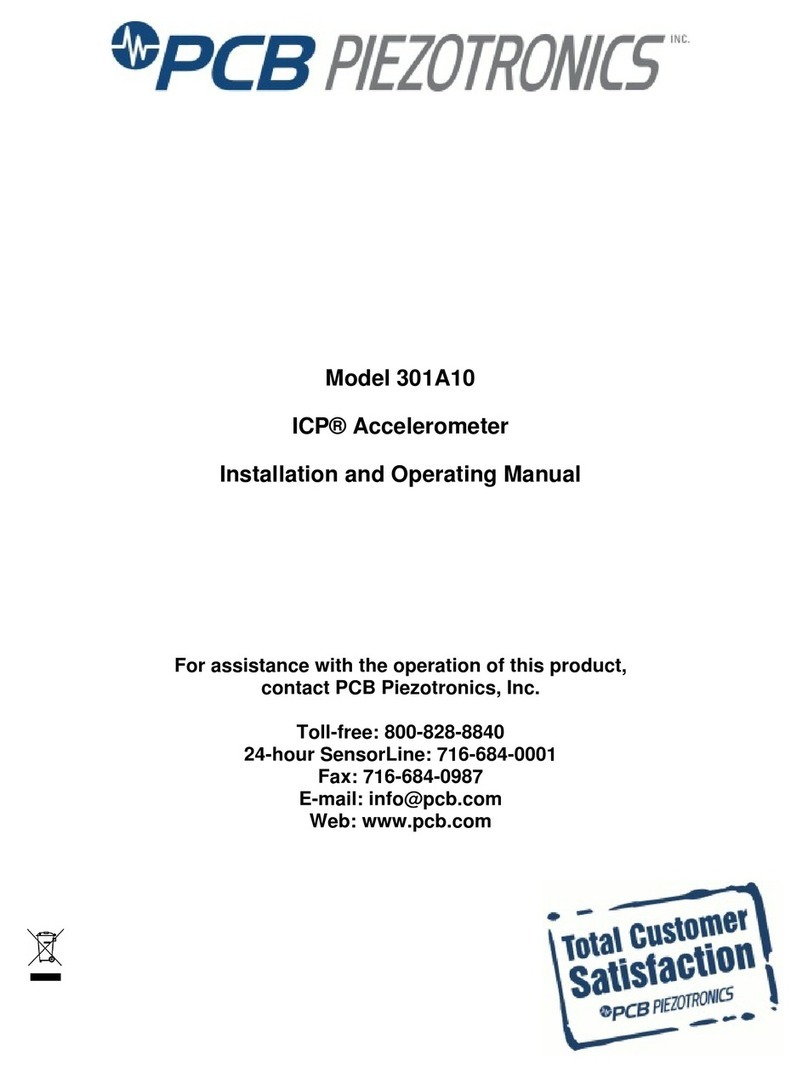
PCB Piezotronics
PCB Piezotronics 301A10 Installation and operating manual
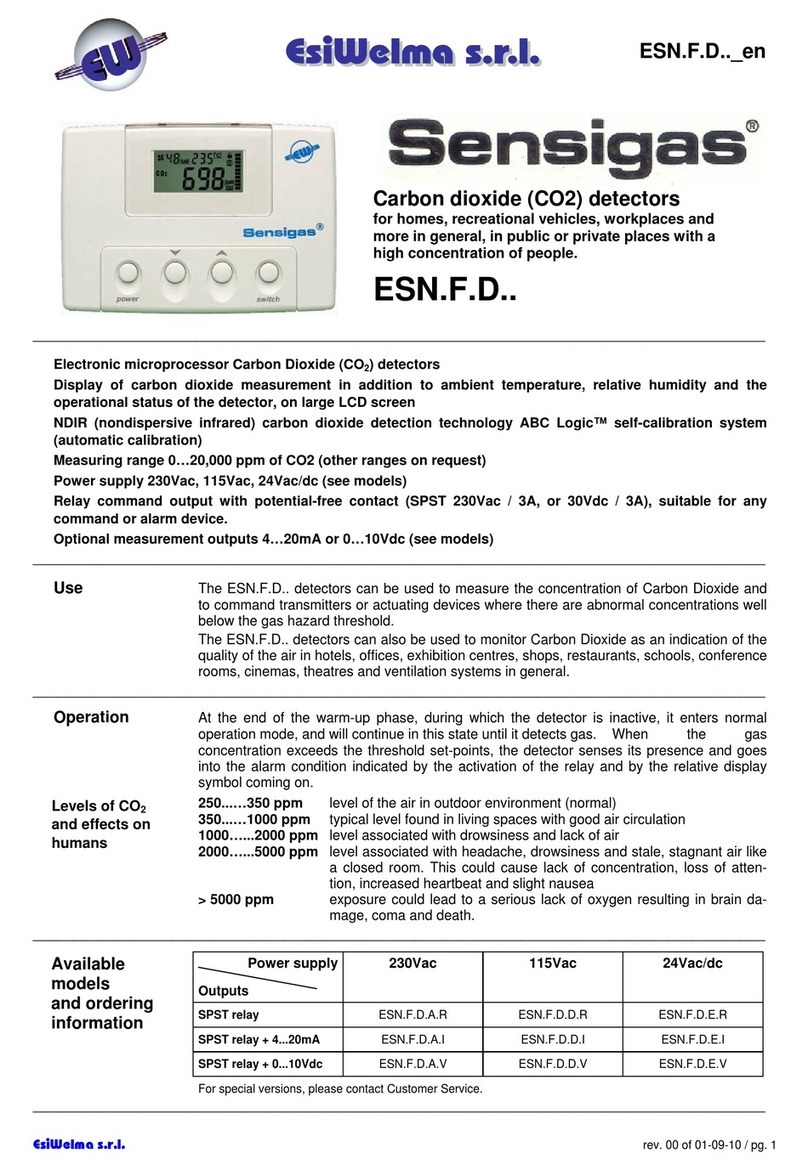
EsiWelma
EsiWelma Sensigas ESN F Series quick start guide
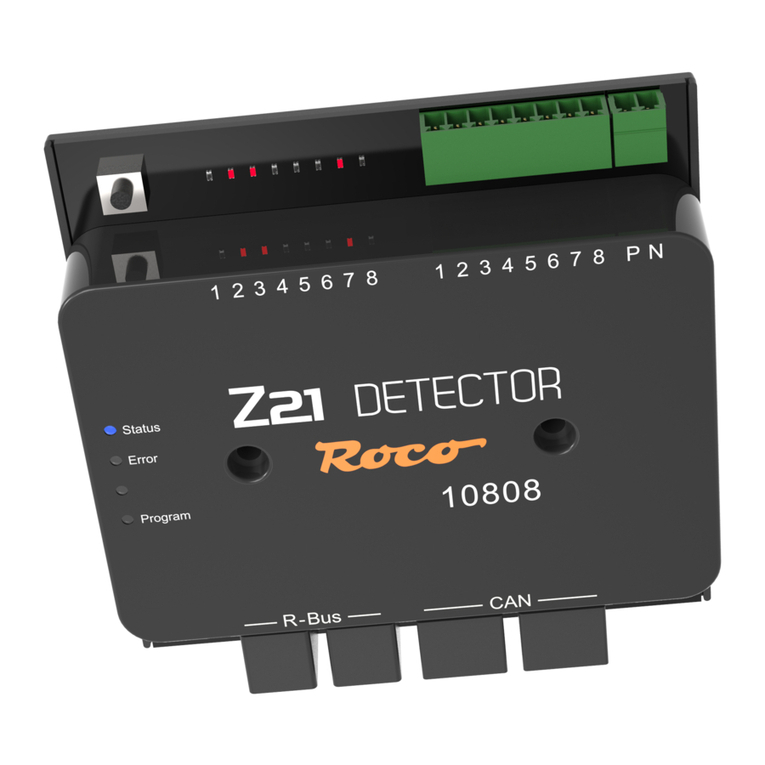
roco
roco Z21 10808 manual

CARLO GAVAZZI
CARLO GAVAZZI CAR PARK 3 OUTDOOR General Installation & Operation Guide
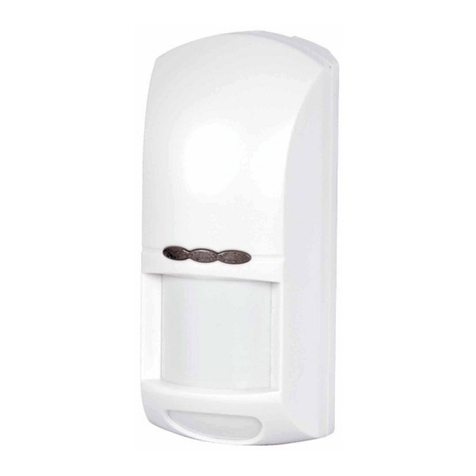
DMT
DMT ODT-8250 installation manual

Niko
Niko Swiss Garde 300 Prasenz UP Max installation instructions
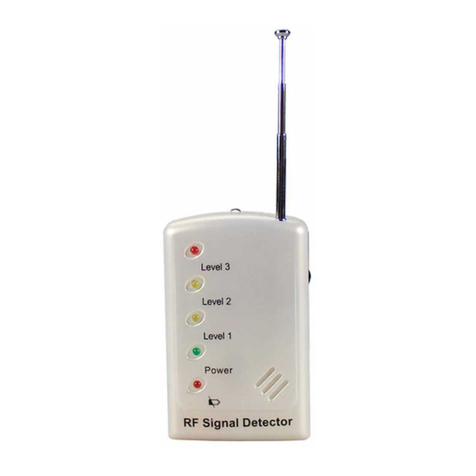
Suresafe
Suresafe SH-055DV user manual

